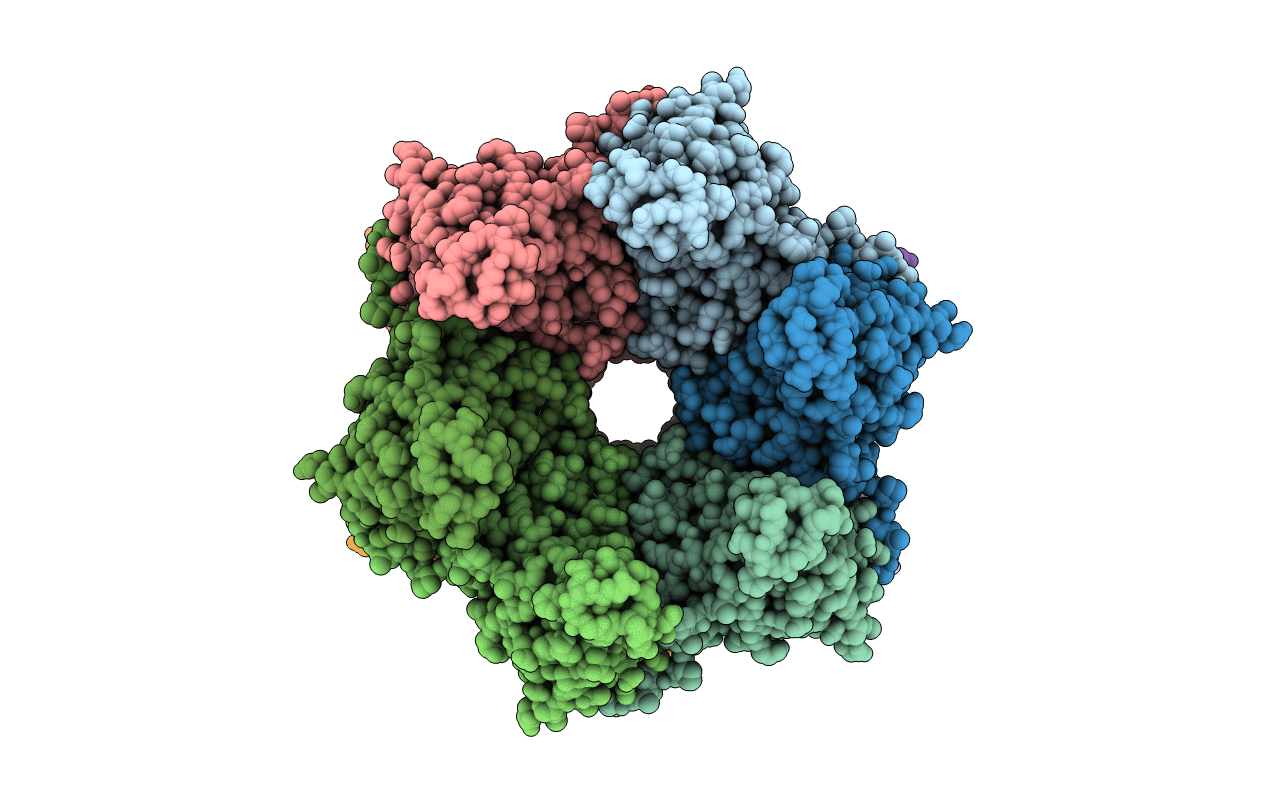
Deposition Date
2000-11-21
Release Date
2001-02-14
Last Version Date
2024-02-07
Entry Detail
PDB ID:
1G8Y
Keywords:
Title:
CRYSTAL STRUCTURE OF THE HEXAMERIC REPLICATIVE HELICASE REPA OF PLASMID RSF1010
Biological Source:
Source Organism:
Escherichia coli (Taxon ID: 562)
Host Organism:
Method Details:
Experimental Method:
Resolution:
2.40 Å
R-Value Free:
0.26
R-Value Work:
0.22
Space Group:
P 1 21 1


